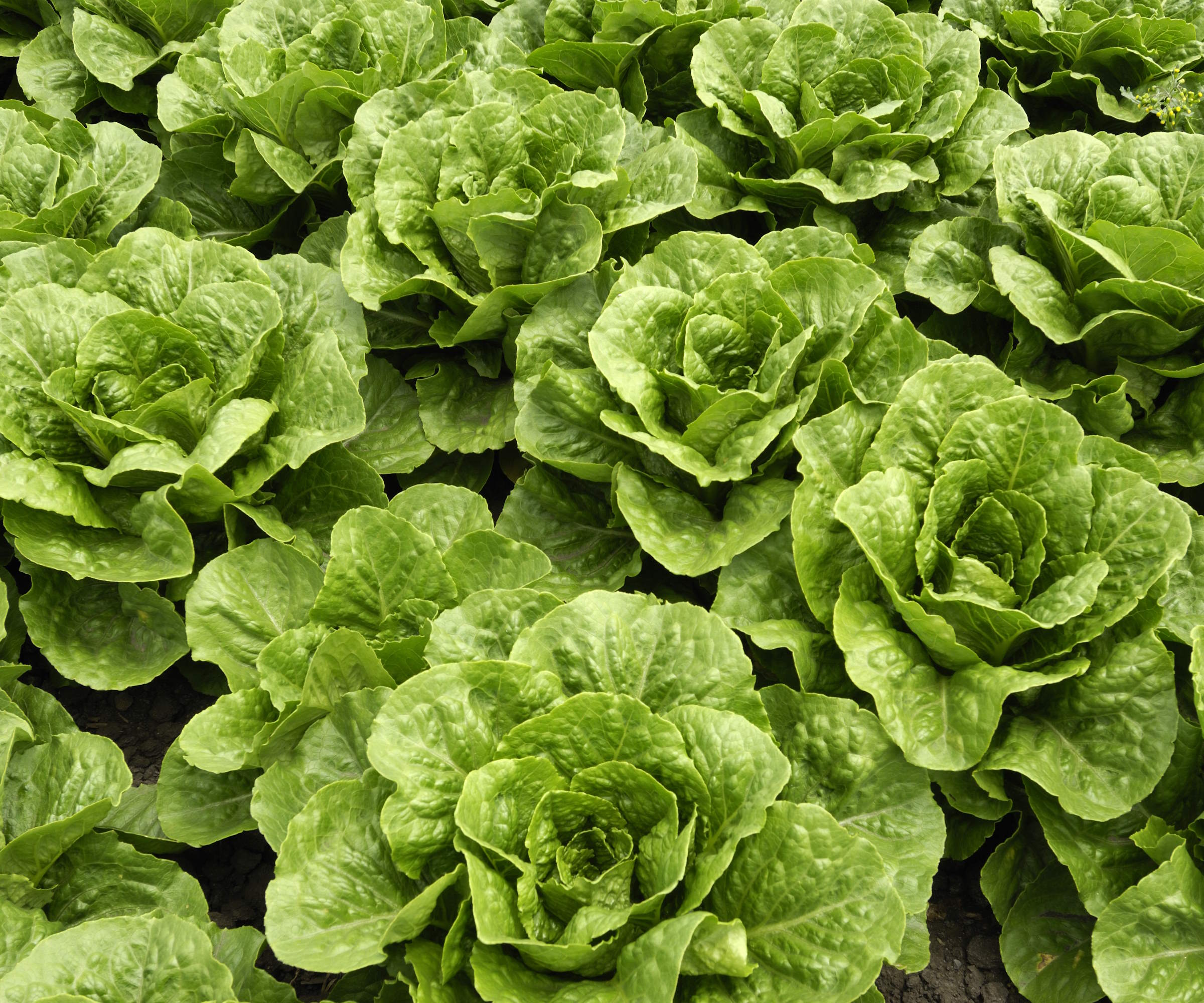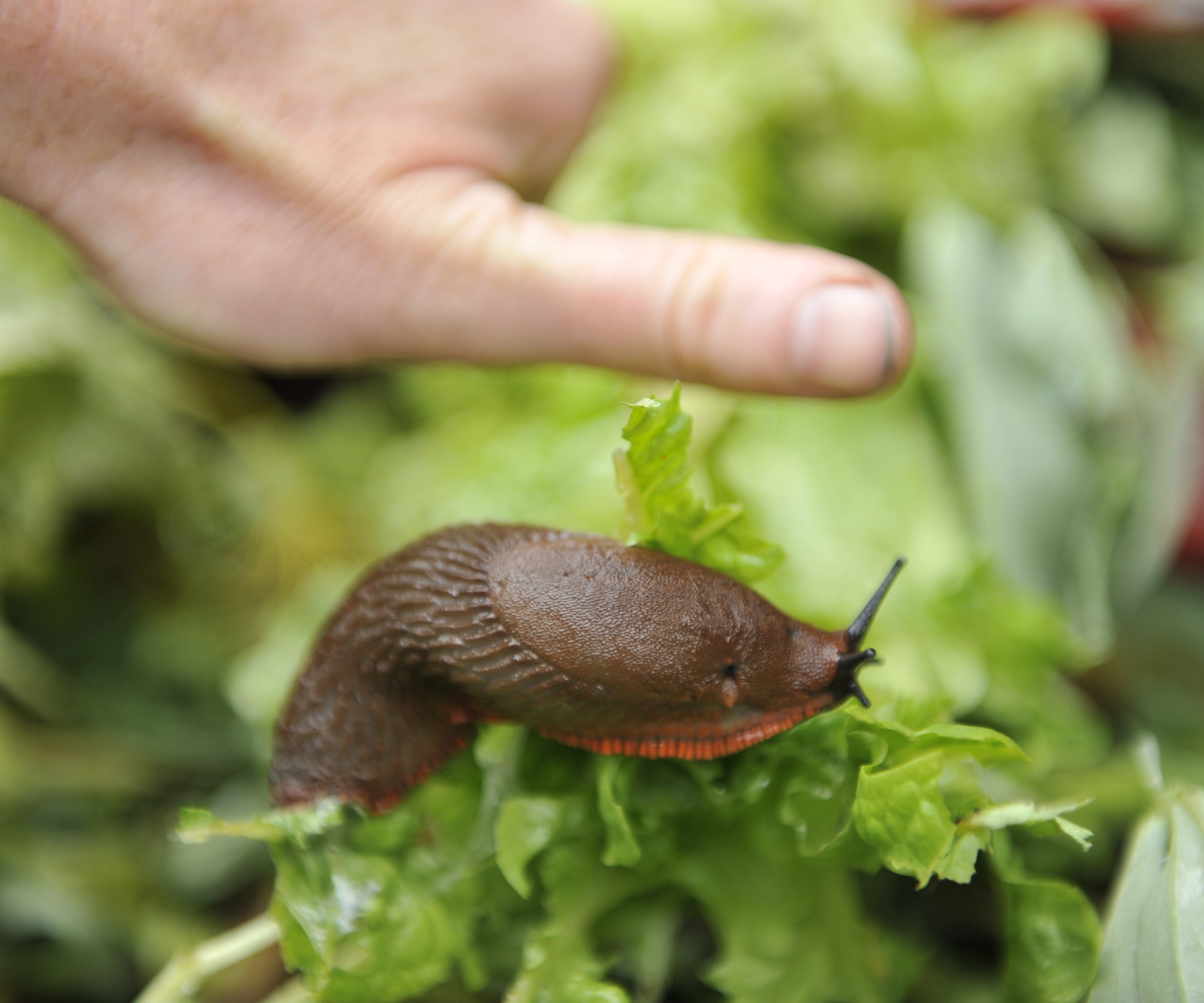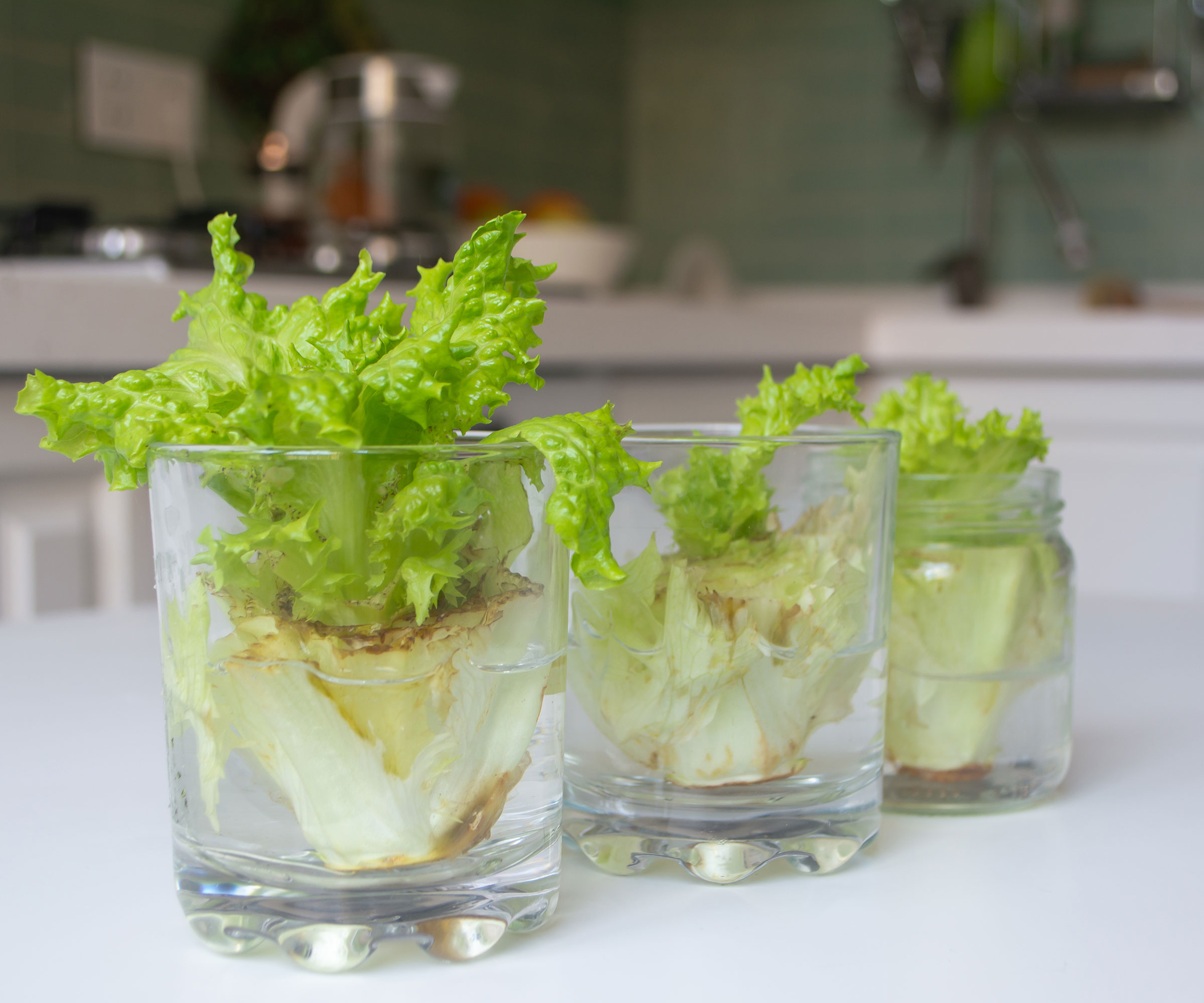How to grow romaine lettuce from seed – for a tasty crop of crisp, sweet leaves
Get a harvest of crunchy homegrown leaves for your Caesar salad, or much more, by growing romaine lettuce from seed


There are many different types of lettuce that you can grow in a vegetable garden and romaine lettuce is ideal if you want a tall and crisp head of homegrown lettuce to harvest.
A common leaf seen in salads, and a staple in a Caesar salad, romaine lettuce remains a popular variety. They are not contained in salads, however, as romaine lettuces can also be grilled, roasted, stir-fried, and more.
Romaine lettuces are simple and quick to grow and are also regarded as more heat-tolerant than other lettuce varieties. If you are looking for new types of lettuce to grow, whether in the ground, raised beds, or in pots, romaine lettuce offers many benefits and you get to enjoy a fuss-free harvest of tasty crisp leaves.

Grow romaine lettuce for bumper harvests of leaves for a range of culinary uses
What is romaine lettuce?
Romaine lettuce is also commonly known as cos lettuce. It produces a large, tall, and upright loose head of elongated leaves with a thick midrib and sweet flavor.
While most well-known for long green leaves, there are romaine varieties that stray from the norm you see in most stores. It includes varieties with darker leaf colors or with speckled heads.
Romaine lettuces are simple-to-grow cool-weather crops best planted in early spring and late summer or early fall. I grew romaine lettuce, along with many other varieties, during my years as a professional kitchen gardener and still sow and grow salad leaves on my home vegetable plots.
How to grow romaine lettuce from seed

Sow romaine lettuce seeds thinly
Transplants of young romaine lettuce plants will be commonly available from garden centers or nurseries. This offers a simple option to plant the vegetables straight into your garden. However, there are lots of varieties of romaine lettuce that won’t be available as transplants. If you want to grow a wide range of romaine lettuce and save yourself some money, then growing from seed is a simple and enjoyable way to raise lots of plants.
Design expertise in your inbox – from inspiring decorating ideas and beautiful celebrity homes to practical gardening advice and shopping round-ups.
Start the vegetable seeds indoors if you live in a cooler climate to get ahead of the season and give yourself young lettuce to plant outside once the risk of frosts passes and the soil is workable. Sowing seeds indoors allows lots of time for the lettuce to grow and be harvested before the romaine lettuce starts to bolt in summer. I always prefer to grow my lettuces from seed as you have a wider selection of varieties and choose to sow indoors as it gives you control over the environment.
Sow seeds indoors in spring in modules around four weeks before your last expected frost. Sow the seeds a quarter-inch deep in quality seed-starting potting soil, available at Amazon, and cover with a thin layer of compost or vermiculite.
Keep the soil moist, but not waterlogged, and the seeds will germinate quickly at a temperature of 60-65°F. An unheated greenhouse or sunny windowsill will be ideal locations and succession planting of lettuce seeds every 2-3 weeks can give you a long harvest of leaves. Transplant seedlings outside in spring once the frosts have ended and the soil has warmed.
In warmer climates, sow seeds outdoors after the frosts and the soil is workable. Sowings in late summer and early fall can also be directly seeded in the vegetable garden. Sow the seeds thinly in rows 12-18 inches apart and thin seedlings as they appear to give 8-10 inches between plants.
Shop romaine lettuce varieties
Where to grow romaine lettuce

Romaine lettuce want room to grow and correct spacing helps with air circulation
Plant lettuce in a sunny spot in the backyard, it will do best with at least six hours of sunlight a day though it can grow in partial shade in hotter climates.
The soil should be light, well-drained, and fertile, ideally with a slightly alkaline pH. Amend the soil by adding organic matter, such as compost or well-rotted manure, to the site before planting the crop. Do not use fresh compost, which would be a fertilizing mistake that can burn plant roots.
Avoid planting romaine lettuce in very dry soils as it increases the risk of the crop bolting. Mixing in organic matter can improve the soil structure and moisture-holding capacity of the soil.
How to grow romaine lettuce in a container

A range of lettuces, including romaine types, can be grown in pots
Romaine lettuce is a crop suited to growing in raised beds or pots as part of a vegetable container garden. You can get a crop of homegrown lettuce in smaller pots or window boxes, making it an ideal crop for a balcony garden or for growing on window ledges.
Lettuces have shallow root systems so you don’t need a large container to grow lettuce in pots. A container wants to be 6-12 inches in diameter and at least six inches deep. A 12-inch pot will be able to contain two romaine lettuce plants. Any container must have drainage holes and be filled with quality potting soil.
How to care for romaine lettuce

Slugs can be a headache when growing romaine lettuce
Protect plants from pests including slugs, birds, and rabbits. Using row covers, horticultural fleece, or netting can stop ground-level and flying pests from eating your lettuce, and also protect young plants from cold temperatures.
Slugs can be a particular problem for young romaine lettuce. It is worth implementing slug control tactics to protect plants, including using physical barriers, diatomaceous earth, rough surfaces, copper rings, or beer traps around plants to prevent slugs from nibbling on leaves.
Plants require regular watering, especially during dry periods to keep the soil moist in summer. Romaine lettuces want consistent moisture and at least one to two inches of water a week. Water the base of the plant rather than the foliage, as soaking the foliage is a watering mistake that will encourage fungal diseases, including downy mildew and grey mold.
Romaine lettuce is a fast-growing vegetable that needs to be fertilized during the growing season. Adding compost or well-rotted manure before planting will provide valuable nutrients to young plants. A further application of a balanced fertilizer a few weeks after planting will help plants to grow quickly and healthy.
Romaine lettuce is traditionally harvested when the head reaches full size - typically when leaves reach 8-12 inches tall. To harvest Romaine lettuce, cut the entire head using a sharp harvesting knife around an inch from the base of the plant.
Alternatively, leaves can be individually harvested from the plant for an extended harvest before cutting the full lettuce head.
Shop pest deterrents
How to grow romaine lettuce from scraps

Growing romaine lettuce from scraps is quick and simple
It is possible to regrow lettuce from scraps, especially romaine types, to get an extra crop of leaves. To regrow romaine lettuce, cut the leaves around 1-2 inches from the bottom of the stem and place that stem in a dish filled with a half-inch of water. Sit the container on a bright windowsill and a fresh set of leaves will re-sprout from the base. Change the water every two days and cut the small leaves when they are a few inches tall.
FAQs
How long does it take for romaine lettuce to grow?
Romaine lettuces are quick-growing crops and take 70-80 days to mature from sowing the seeds to harvesting a head of lettuce. The exact time it will take depends on the variety, when and where you started the seeds and the growing conditions throughout the season.
How do you pick romaine lettuce to keep it growing?
Once romaine lettuce leaves reach a usable size they can be harvested as baby greens. Only remove a few leaves at a time and the plant will keep producing new growth. Individual leaves can be picked when they grow larger, but make sure to only remove the outer leaves so the center of the lettuce keeps growing. Harvesting in these two ways means the lettuce keeps growing, so you still get to cut the entire head once it reaches full size.
Did you know that it is also achievable to grow lettuce indoors? While romaine lettuces are not the ideal type for growing indoors, loose-leaf varieties can be quickly cultivated on a windowsill for speedy harvests of leaves. If you want to discover more, see our dedicated article on how to grow lettuce indoors for year-round harvests of salad leaves.

Drew has worked as a writer since 2008 and was also a professional gardener for many years. As a trained horticulturist, he worked in prestigious historic gardens, including Hanbury Hall and the world-famous Hidcote Manor Garden. He also spent time as a specialist kitchen gardener at Soho Farmhouse and Netherby Hall, where he grew vegetables, fruit, herbs, and cut flowers for restaurants. Drew has written for numerous print and online publications and is an allotment holder and garden blogger. He is shortlisted for the Digital Gardening Writer of the Year at the 2025 Garden Media Guild Awards.





